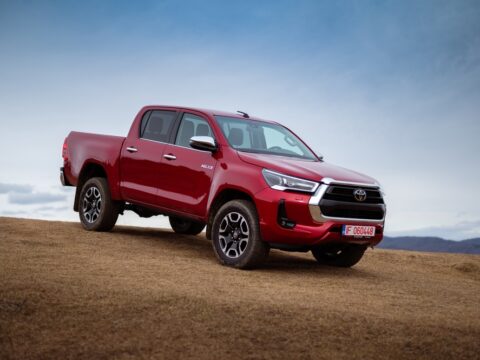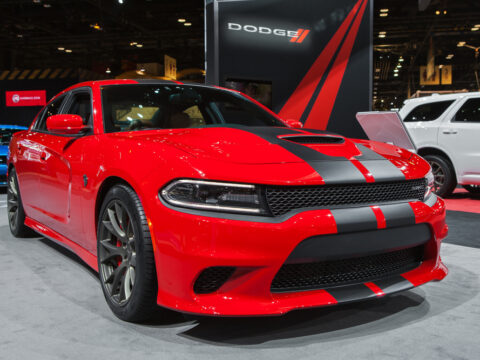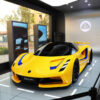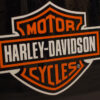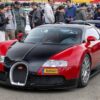Rebadging is a strategy automakers use when they begin to sell another manufacturer’s vehicle as their own since it means not having to spend a bunch of extra money rebuilding one from the ground up. Joint ventures, market localization, and brand expansion are all aspects of rebadging a vehicle.
Rebadging doesn’t always involve switching model names. It can also mean changing a vehicle’s performance, trim levels, interior style, and outer appearance. In many cases, rebadging is successful.
However, in these rebadged vehicles, you can see just how horribly wrong rebadging can go.
Contents
Aston Martin Cygnet/Scion iQ

The European Union has developed strong CO2 emissions regulations, which prompted Aston Martin to bring the Cygnet into their lineup in 2011. It bore a striking similarity to the Scion iQ, but Aston Martin went to town to make the cabin a handcrafted tour de force.
Unfortunately, Aston Martin’s marketing ploy of targeting well-to-do city folks fell flat. Aston Martin produced fewer than 150 units over a three-year period before admitting defeat.
Chevy II Nova/Toyota Corolla
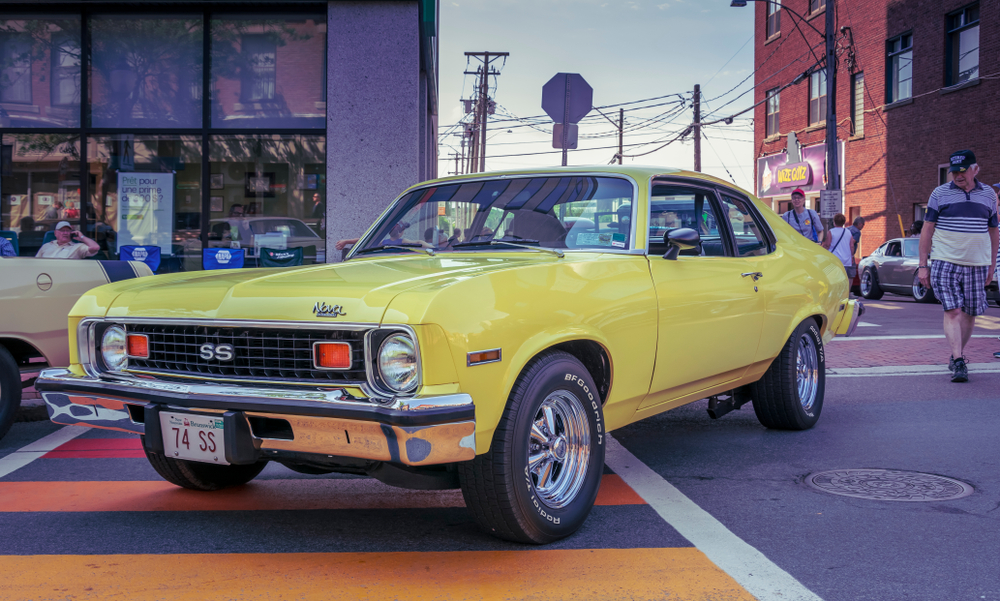
Japanese imports put pressure on American automakers to keep pace. General Motors once decided to form the New United Motor Manufacturing Incorporated with Toyota. This led to them creating the Chevy II Nova for GM based on the fifth-generation Corolla.
The Nova’s sales were underwhelming, and the elevated costs of using Japanese parts and features only added insult to injury. The Chevy nameplate couldn’t garner a higher price in the subcompact world, leading to Chevy’s discontinuing the Nova.
Volkswagen Routan/Dodge Grand Caravan
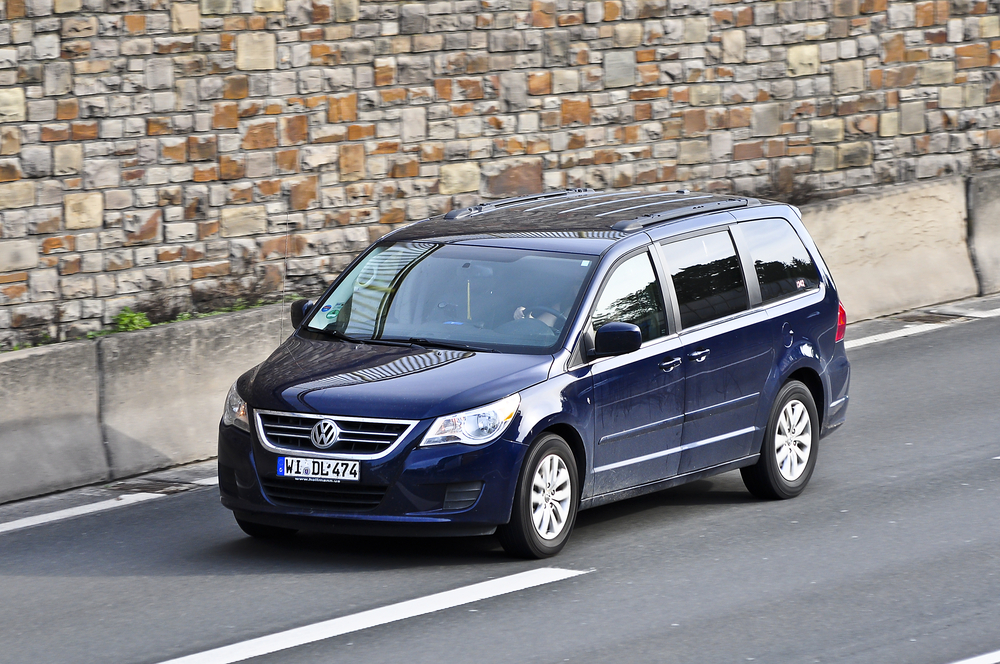
Here’s one that could’ve gone well but didn’t. The minivan market was booming in the early 2000s, spurring Volkswagen to get in on the action. And what better way to do it than through a partnership with Daimler-Chrysler, maker of the Dodge Grand Caravan? VW could outsource manufacturing a seven-seater called the Routan, made alongside the well-loved Dodge Grand Caravan.
Of course, VW tried to put its own stamp on the Routan by offering more refined design elements and features. However, the similarly equipped Grand Caravan sold for about $7,000 less than the Routan, which led to fewer sales than hoped for and the eventual scrapping of the Routan.
Saab 9-2X/Subaru WRX
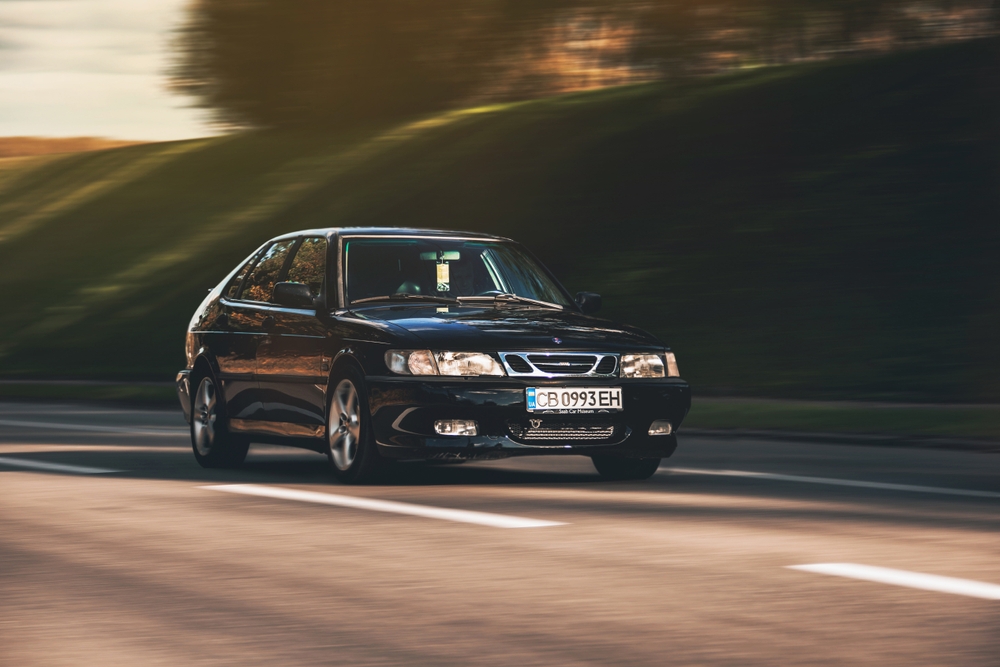
The second-generation Subaru WRX was undoubtedly a hit with buyers, and General Motors decided they wanted to rebrand it for their Saab line. Equipped with the same flat-four powertrain and standard all-wheel drive drivetrain as the WRX. The Saab 9-2X has a quicker steering rack, unique exterior design, enhanced soundproofing, a retuned suspension, and a more refined interior.
So, the Saab 9-2X should’ve been a hit. Well, it wasn’t. This ‘Saabaru’ only produced 10,000 units in two years since its demand wasn’t there. Thus, GM scrapped the 9-2X to focus on its better-selling vehicles.
Mercedes X-Class/Nissan Navara
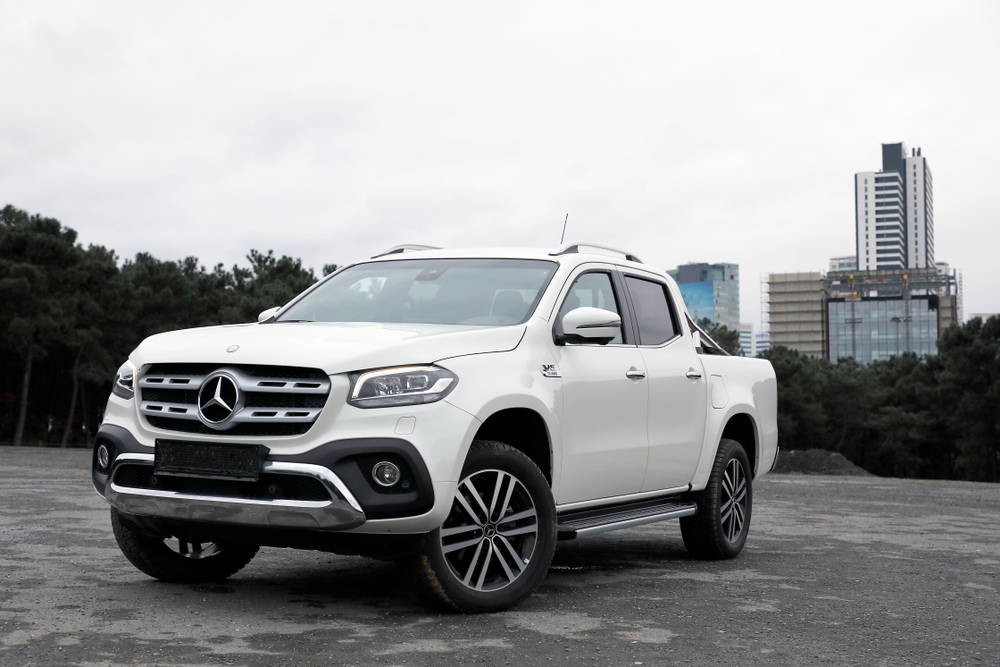
Once upon a time, Mercedes thought, “Hey, why don’t we have a pickup truck in our lineup?” They wanted to create a more affordable move into the European market with a partnership with Renault-Nissan. Mercedes rebadged the Nissan Navara, giving it enhanced handling capabilities, a more upscale cabin, sleeker exterior design, and advanced tech and safety equipment. They called this truck the X-Class.
Unfortunately, Mercedes learned a hard lesson: People just weren’t interested in spending more money on buying a snazzier version of the Navara. Needless to say, the X-Class only had a three-year run before Mercedes shut down production.
In some cases, rebadging works wonders. Look at the Shelby Cobra and how it rebadged the AC Ace-Bristol back in the day. However, as you’ve just read in the above examples, rebadging isn’t always smart. While it might initially seem like a great cost-cutting method, it can become an expensive flop.
This article originally appeared on MyCarMakesNoise.
More from MyCarMakesNoise
Top Speed Titans: A Look at the Fastest Sports Cars Ever Made

This article delves into the exhilarating world of the fastest sports cars ever made. Buckle up as we explore the engineering marvels, unparalleled performances, and sheer thrill of speed that these ultimate road runners represent. Read More.
Muscle Car Showdown: Comparing the Best Models from Ford, Chevy, and Dodge

In the automotive world, few things stir the soul, like American muscle cars’ raw power and aggressive styling. These mechanical beasts, born in an era of unbridled innovation and competition, continue to captivate enthusiasts and collectors alike. Read More.
Born in the USA: The Greatest American Motorcycles Ever Made

American motorcycles are the embodiment of freedom, innovation, and raw power. They are symbols of national pride, mechanical marvels born of necessity, and shaped by the open roads of the USA. Read More.

